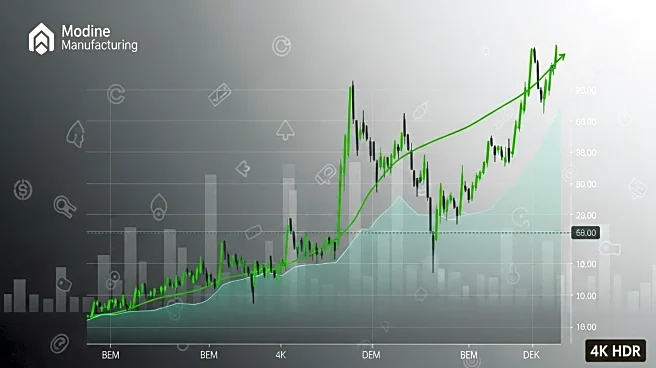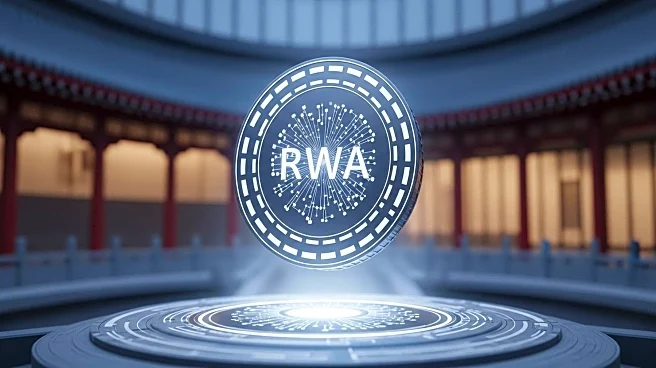What's Happening?
MultiBank Group, a leading financial derivatives institution, has successfully completed its first buyback and burn of $MBG tokens, permanently removing 4,860,000 tokens from circulation. This initiative is part of the Group's strategy to enhance the value of the $MBG Utility Token by creating scarcity. The buyback follows a period of strong financial performance, with the Group reporting $209 million in revenue for the first half of 2025 and an average daily trading turnover of $36 billion. The $MBG token, which has increased sevenfold in value since its listing on July 22, is central to MultiBank's ecosystem, which includes traditional finance, a regulated crypto exchange, and real-world asset tokenization.
Why It's Important?
The buyback and burn of $MBG tokens by MultiBank Group is significant as it demonstrates the company's commitment to increasing the token's value and rewarding its community. By reducing the token supply, MultiBank aims to drive scarcity, which can potentially increase demand and value. This move is also indicative of the growing trend of financial institutions integrating blockchain technology and digital assets into their operations. The success of the $MBG token could influence other financial entities to adopt similar strategies, impacting the broader financial and cryptocurrency markets.
What's Next?
MultiBank Group plans to continue its buyback and burn program, with up to $58.2 million worth of $MBG expected to be retired in the first year and a cumulative $440 million over five years. The Group is also set to expand its blockchain and DeFi infrastructure, introducing new initiatives in the coming months. These developments could further enhance the utility and value of the $MBG token, attracting more investors and users to the platform.
Beyond the Headlines
The integration of $MBG tokens into MultiBank's ecosystem highlights the potential for digital assets to bridge traditional finance and emerging technologies. This move could lead to increased regulatory scrutiny as financial authorities seek to ensure compliance and protect investors. Additionally, the success of such initiatives may encourage other financial institutions to explore similar paths, potentially leading to a broader acceptance and integration of digital assets in mainstream finance.











